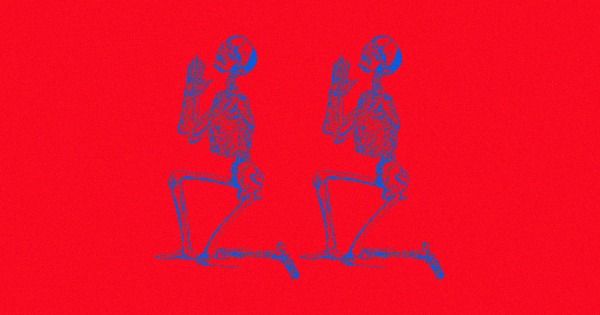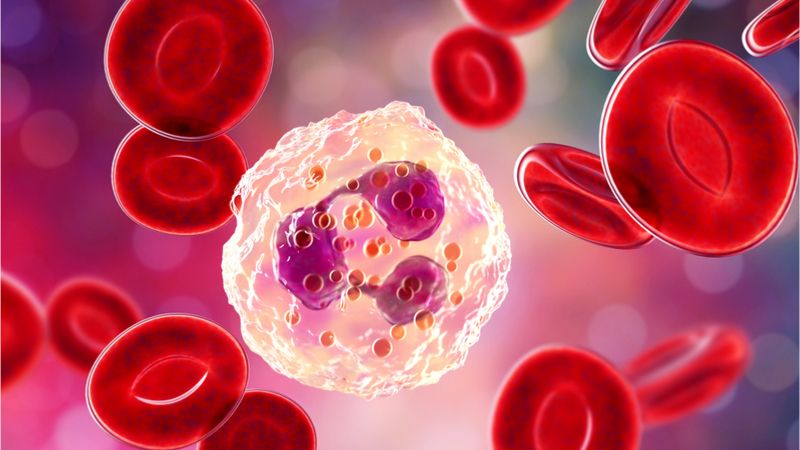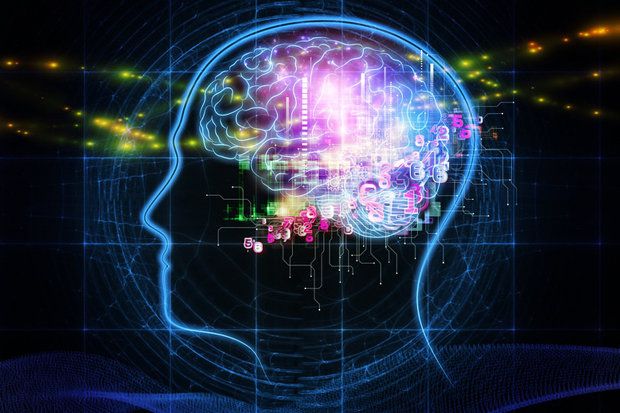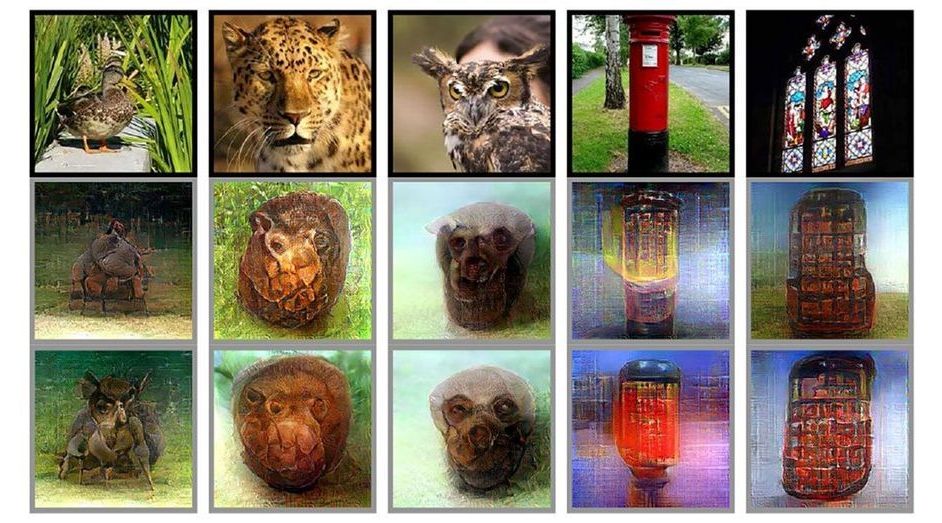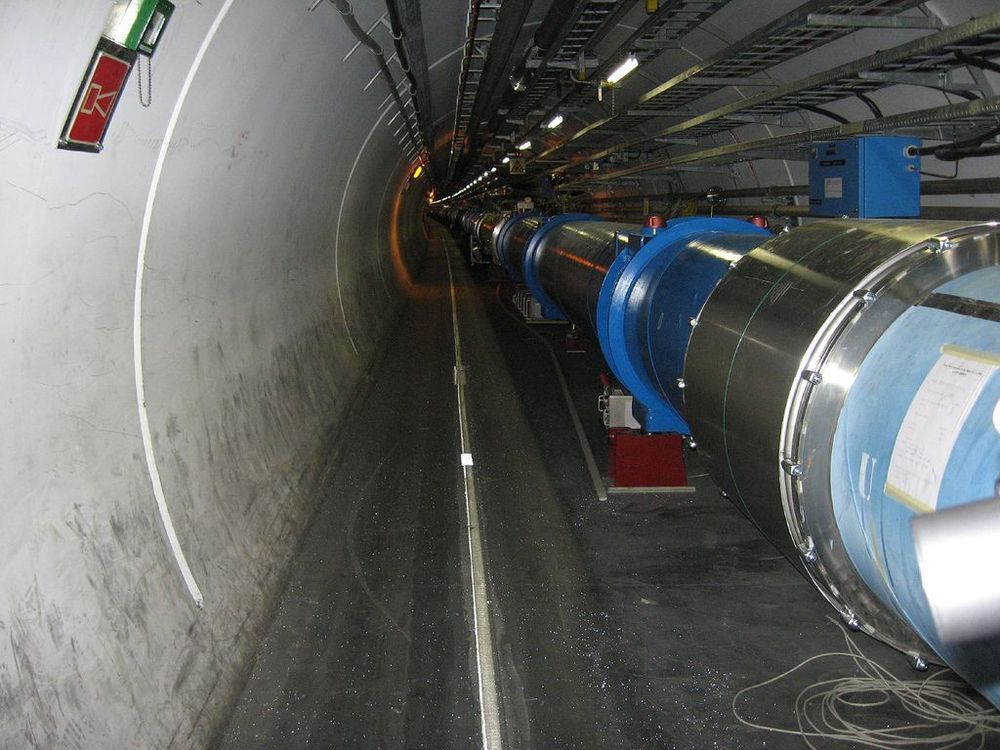Page 9339
Mar 26, 2019
Scientists Reactivate Cell of 28,000 Year Old Mammoth
Posted by Chris Parbey Jnr in category: biological
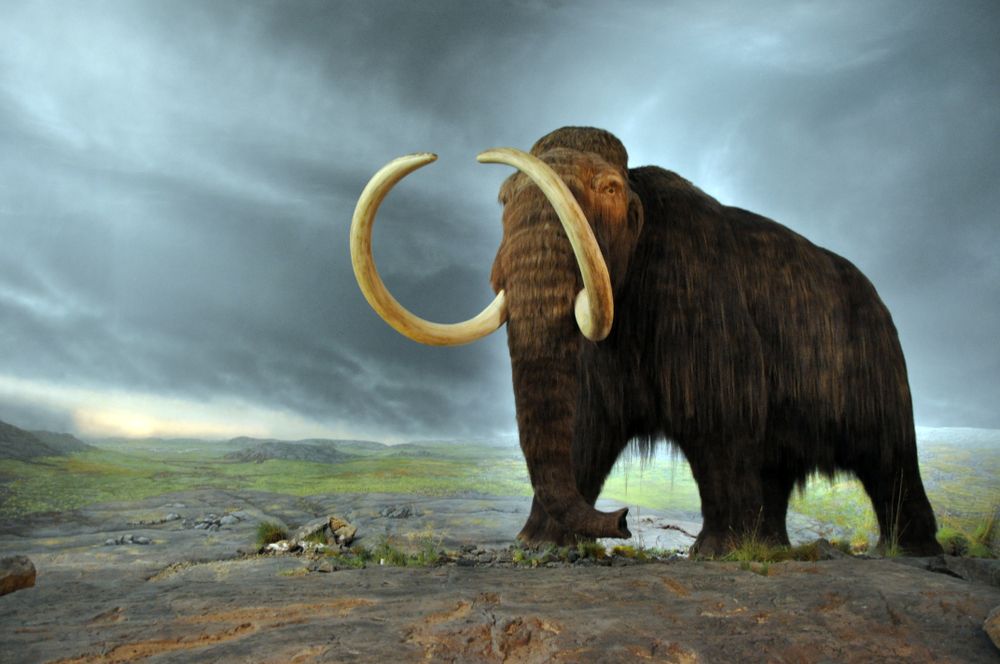
Biologists have just succeeded in restoring some biological functions in a cell belonging to awoolly mammoth that lived 28,000 years ago.

Mar 26, 2019
Chronic Inflammation Leads to Toxic NET Buildup
Posted by Steve Hill in categories: biotech/medical, life extension
A new review discusses how neutrophils release toxic substances into the body under inflammatory conditions, detailing one of the ways in which chronic inflammation causes long-term damage.
Casting a deadly NET
As we age, we suffer from the ever-increasing chronic inflammation known as inflammaging. This persistent, smoldering background of low-grade inflammation harms wound healing and promotes multiple age-related diseases. Senescent cells, a weakened immune system, and chronic infections are all proposed to contribute to inflammaging.
Continue reading “Chronic Inflammation Leads to Toxic NET Buildup” »
Mar 26, 2019
Hacking The Brain: The Future Computer Chips In Your Head
Posted by Marcos Than Esponda in categories: computing, Elon Musk, mobile phones, neuroscience
Over the past twenty years, neuroscientists have been quietly building a revolutionary technology called BrainGate that wirelessly connects the human mind to computers and it just hit the world stage. Entrepreneurs such as Elon Musk and Mark Zuckerberg have entered the race with goals of figuring out how to get computer chips into everyone’s brains. The attention of Musk and Zuckerberg means the potential for giant leaps forward. But the question no one seems to be asking is whether our dependence on machines and technology has finally gone too far. Countries annually celebrate their independence from other countries, but it now seems we should start asking deeper questions about our personal independence.
60 Minutes recently ran a piece showing how engineers are using what scientists have learned about the brain to manipulate us into staying perpetually addicted to our smartphones. The anxiety most of us feel when we are away from our phone is real: During the 60 Minutes piece, researchers at California State University Dominguez Hills connected electrodes to reporter Anderson Cooper’s fingers to measure changes in heart rate and perspiration. Then they sent text messages to his phone, which was out of his reach, and watched his anxiety spike with each notification.
The segment revealed that virtually every app on your phone is calibrated to keep you using it as often and as long as possible. The show made an important point: a relatively small number of Silicon Valley engineers are experimenting with, and changing in a significant way, human behavior and brain function. And they’re doing it with little insight into the long-term consequences. It seems the fight for independence has gone digital.
Continue reading “Hacking The Brain: The Future Computer Chips In Your Head” »
Mar 26, 2019
Mind-reading tech is here (and more useful than you think!)
Posted by Quinn Sena in category: robotics/AI
Reading brain waves was useless until A.I. got involved. Now mind reading has real-world, practical applications.
Mar 26, 2019
Gene Editing Tools Like CRISPR May Help Us Cure Herpes One Day
Posted by Quinn Sena in categories: bioengineering, biotech/medical
Mar 26, 2019
This ‘mind-reading’ algorithm can decode the pictures in your head
Posted by Quinn Sena in categories: computing, information science, neuroscience
New computer program uses brain activity to draw images of airplanes, leopards, and stained-glass windows.
Mar 26, 2019
The Army’s Bold Plan to Turn Soldiers Into Telepaths
Posted by Quinn Sena in category: neuroscience
The U.S. Army wants to allow soldiers to communicate just by thinking. The new science of synthetic telepathy could soon make that happen.
Mar 26, 2019
Skyscrapers of the Future Will Be Engineered to Copy Nature
Posted by Quinn Sena in categories: materials, sustainability

By 2050, two-thirds of us wil be living in cities, so architects are taking inspiration from nature to build more sustainable skylines.
How Eyes Evolved to See the World Differently
Subscribe! https://www.youtube.com/user/DNewsChannel
Continue reading “Skyscrapers of the Future Will Be Engineered to Copy Nature” »
Mar 26, 2019
Physicists discover new class of pentaquarks
Posted by Quinn Sena in category: particle physics
Tomasz Skwarnicki, professor of physics in the College of Arts and Sciences at Syracuse University, has uncovered new information about a class of particles called pentaquarks. His findings could lead to a new understanding of the structure of matter in the universe.
Assisted by Liming Zhang, an associate professor at Tsinghua University in Beijing, Skwarnicki has analyzed data from the Large Hadron Collider beauty (LHCb) experiment at CERN’s Large Hadron Collider (LHC) in Switzerland. The experimental physicist has uncovered evidence of three never-before-seen pentaquarks, each divided into two parts.
“Until now, we had thought that a pentaquark was made up of five elementary particles [called quarks], stuck together. Our findings prove otherwise,” says Skwarnicki, a Fellow of the American Physical Society.
